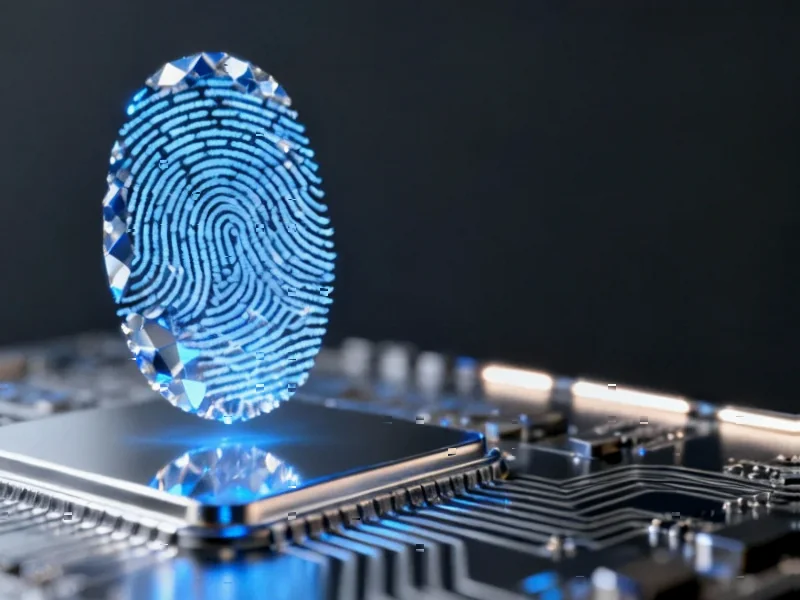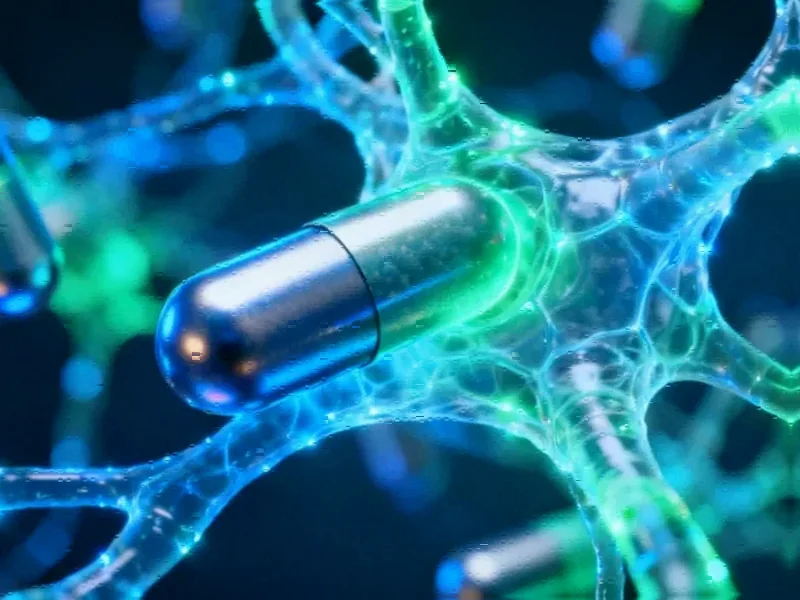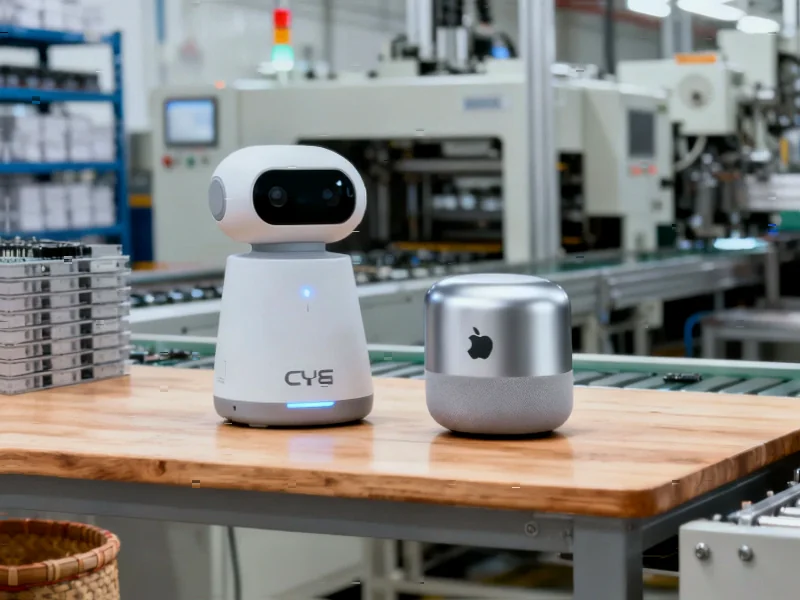YouTube’s New AI Tool Empowers Creators Against Digital Impersonation
YouTube is rolling out a groundbreaking AI-powered likeness detection system that enables popular creators to identify and report unauthorized deepfake content featuring their appearance. This new feature, available initially to participants in YouTube’s Partner Program, represents one of the most significant steps yet by a major platform to address the growing threat of synthetic media manipulation.
Table of Contents
The tool functions similarly to YouTube’s established Content ID system but focuses specifically on visual rather than audio content. After completing identity verification, creators can access a dedicated Content Detection tab within YouTube Studio where they can review videos flagged by the AI system as potential unauthorized uses of their likeness., according to market insights
How the Detection System Operates
The likeness detection technology scans YouTube’s massive video library for content that matches registered creator appearances. When potential matches are identified, creators receive notifications and can examine the content to determine whether it constitutes unauthorized AI-generated material. If confirmed as synthetic impersonation, creators can submit removal requests through the same interface.
YouTube has been transparent about the system’s current limitations, noting in its official guide that the developing technology may sometimes flag legitimate content featuring the actual creator. This includes clips from the creator’s own uploaded material that haven’t been synthetically altered.
Phased Rollout and Early Testing
The initial wave of eligible creators received notification emails this morning, with broader availability planned over the coming months. This follows an extensive testing phase that began in December through a pilot program conducted in partnership with Creative Artists Agency (CAA). The collaboration allowed several high-profile figures to experiment with early-stage technology designed to identify and manage AI-generated content at scale.
YouTube originally announced this initiative last year, recognizing the urgent need to address synthetic media as AI generation tools become increasingly sophisticated and accessible. The platform’s blog post from the pilot program launch emphasized that the technology would help “several of the world’s most influential figures” protect their digital identities.
Broader Context of YouTube’s AI Strategy
This likeness detection tool represents just one component of YouTube’s multifaceted approach to managing AI-generated content. The platform finds itself in the unique position of both promoting AI innovation through its own tools while simultaneously developing safeguards against potential misuse., as comprehensive coverage
Last March, YouTube implemented several important policies addressing synthetic content, including:
- Mandatory disclosure requirements for creators uploading AI-generated or significantly altered content
- Strict regulations covering AI-generated music that mimics artists’ distinctive vocal styles
- Enhanced enforcement mechanisms for dealing with synthetic content that could cause harm
The introduction of likeness detection technology comes as YouTube and parent company Google continue to develop and release their own AI video generation and editing tools, creating a complex ecosystem where the same company both enables creation and must police misuse.
Industry Implications and Future Developments
This proactive approach to synthetic media management positions YouTube at the forefront of content authentication in the AI era. As deepfake technology becomes more sophisticated and accessible, platforms face increasing pressure to implement effective detection and removal systems.
The rollout of likeness detection technology signals a significant shift in how digital platforms approach identity protection. Rather than waiting for synthetic media to cause demonstrable harm, YouTube is providing tools that enable creators to take preventive action against unauthorized use of their likeness.
As the technology evolves and expands to more creators, it will likely set important precedents for how other platforms address the challenges posed by AI-generated content while balancing innovation with protection.
Related Articles You May Find Interesting
- OpenAI Debuts ChatGPT Atlas Browser: AI-Powered Challenger Enters the Market
- Amazon’s Robotic Workforce Expansion Signals Major Shift in Employment Strategy
- Oracle’s $225 Billion AI Ambition: How Cloud Infrastructure And Data Platforms D
- Intuitive Surgical Surpasses Q3 Projections as Surgical Robot Demand Soars
- Dell Pro Max 16 Plus Review: Nvidia’s RTX Pro 5000 Blackwell Redefines Mobile Wo
References & Further Reading
This article draws from multiple authoritative sources. For more information, please consult:
- https://www.youtube.com/watch?v=zVqQiBb0F-w
- https://support.google.com/youtube/answer/16440338
- https://blog.youtube/news-and-events/creative-artists-agency-responsible-ai-tools-for-talent/
This article aggregates information from publicly available sources. All trademarks and copyrights belong to their respective owners.
Note: Featured image is for illustrative purposes only and does not represent any specific product, service, or entity mentioned in this article.



